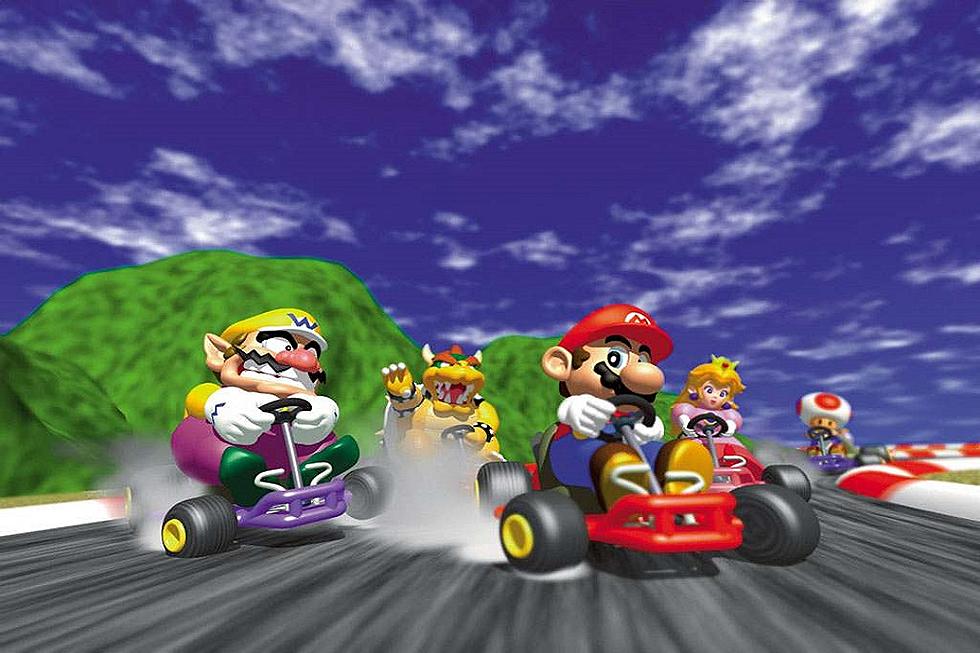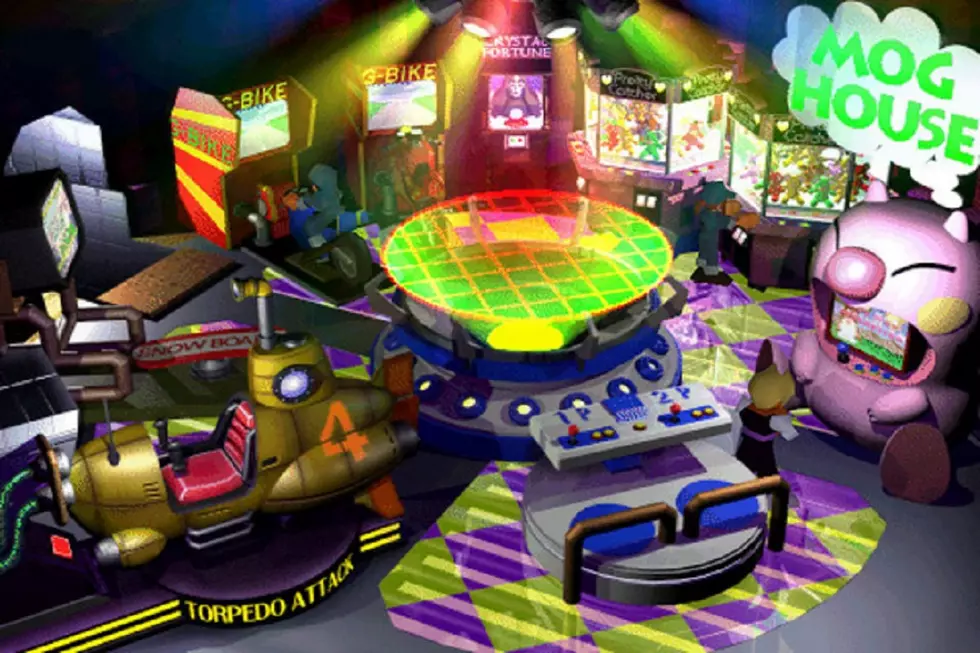
Traversing Worlds and Expectations With Chrono Cross
Few role-playing games have as much staying power as Square’s Chrono Trigger. With star talents such as Final Fantasy creator Hironobu Sakaguchi, Dragon Quest creator Yuji Horii, and Dragon Quest and Dragon Ball artist Akira Toriyama behind the wheel, the game had the direction it needed to be an instant classic and still ranks highly on many top video game lists even by today’s standards. So when a title came to light with Square’s branding and “Chrono” in the name, fans inevitably took notice. Chrono Cross may not be in any way what we expected when it first hit North American shelves today back in 2000, but it certainly gave us something amazing in an altogether different way.
Development of Chrono Cross began in 1998 immediately following the release of Xenogears, but its beginnings go back as far as 1996. This was when Chrono Trigger writer and scenarist Masato Kato worked on and released the narrative adventure, Radical Dreamers: The Unstealable Jewel for the Satellaview add-on to the Super Famicom. The game was meant as a means of tying up a plot point that had been left unresolved in Chrono Trigger. Though Radical Dreamers told an extended story of characters from Trigger and introduced players to primary Chrono Cross protagonists Serge and Kid in an early form, Masato Kato ultimately felt that Radical Dreamers was a sub-par offering and wanted to explore Kid’s story further.
At first, Chrono Cross only seems to bare passing resemblance to its predecessor. It tells of a young boy named Serge, an inhabitant of the tropical archipelago of El Nido. One day on the beach, Serge finds himself caught in a time stream that takes him to an alternate dimension 10 years before in a past where he drowned. Faced with a mysterious and confusing world, Serge comes upon a female thief known as Kid and journeys with her to unravel his fate and discover the link between two parallel worlds. Along the way, Serge meets a multitude of characters, 45 of which can join his quest under the right circumstances.
Interestingly, 45 characters is a trimmed down level from the originally planned roster. When designing Chrono Cross, Kato and his team wanted to allow any character from any given town to join in the journey. This amounted to 67 characters that could have been recruited in early designs, but as the story grew complex and the team began to interlink scenarios and dialogue for each character, the roster was trimmed to create less work. Some battle systems returned, such as double and triple tech abilities between certain party members, but the elemental system was reworked with each of the 45 characters given one of six colored elements determining their attunement. Additionally, battlefield effects were created to allow for elements to be strengthened or weakened depending on what color the battlefield favors.
Despite the staggeringly large roster of playable characters, none of them are from the original Chrono Trigger and many of Chrono Trigger’s lingering systems are radically reworked which caused many fans to cry foul. Kato anticipated this. In fact, he and producer Hiromichi Tanaka intentionally set made Chrono Cross altogether different from Chrono Trigger. There are quite a few reasons for this, foremost of which was that Kato and Tanaka wanted to make a new Chrono game that would, for the most part, explore entirely new ground and evolve as it should on the PlayStation platform as opposed to staying with the standards set by a game on the Super Nintendo. Furthermore, Kato desired to make a Chrono game that could be played and enjoyed without any prior knowledge that would come from playing Chrono Trigger, effectively making it both a soft sequel and a solid standalone adventure.
Sometimes, the thing we ask for is what we get, but not in the way we expected. This is certainly how many players reacted when they saw Chrono Cross for the first time. The game billed as a successor to the much beloved Chrono Trigger was in many ways a thing all its own and intentionally so. Nonetheless, it succeeded in many ways for stalwart fans and those unaware of its source material. The game presented a colorful and artistic story that stood on its own while offering complimentary treats to those who had been along for the ride since the original journey in 1995. It was a risk in many ways, but one tackled with such care and finesse that it paid off perfectly.
More From Arcade Sushi









